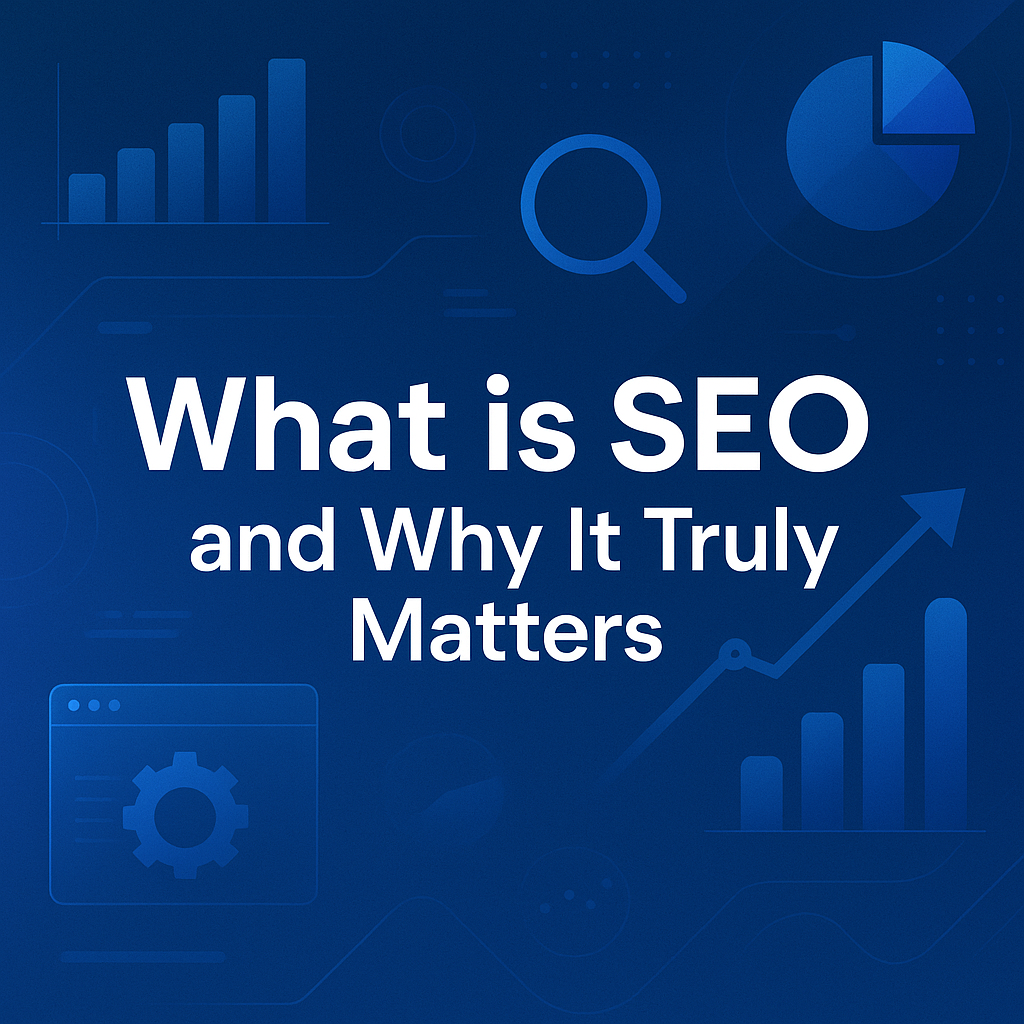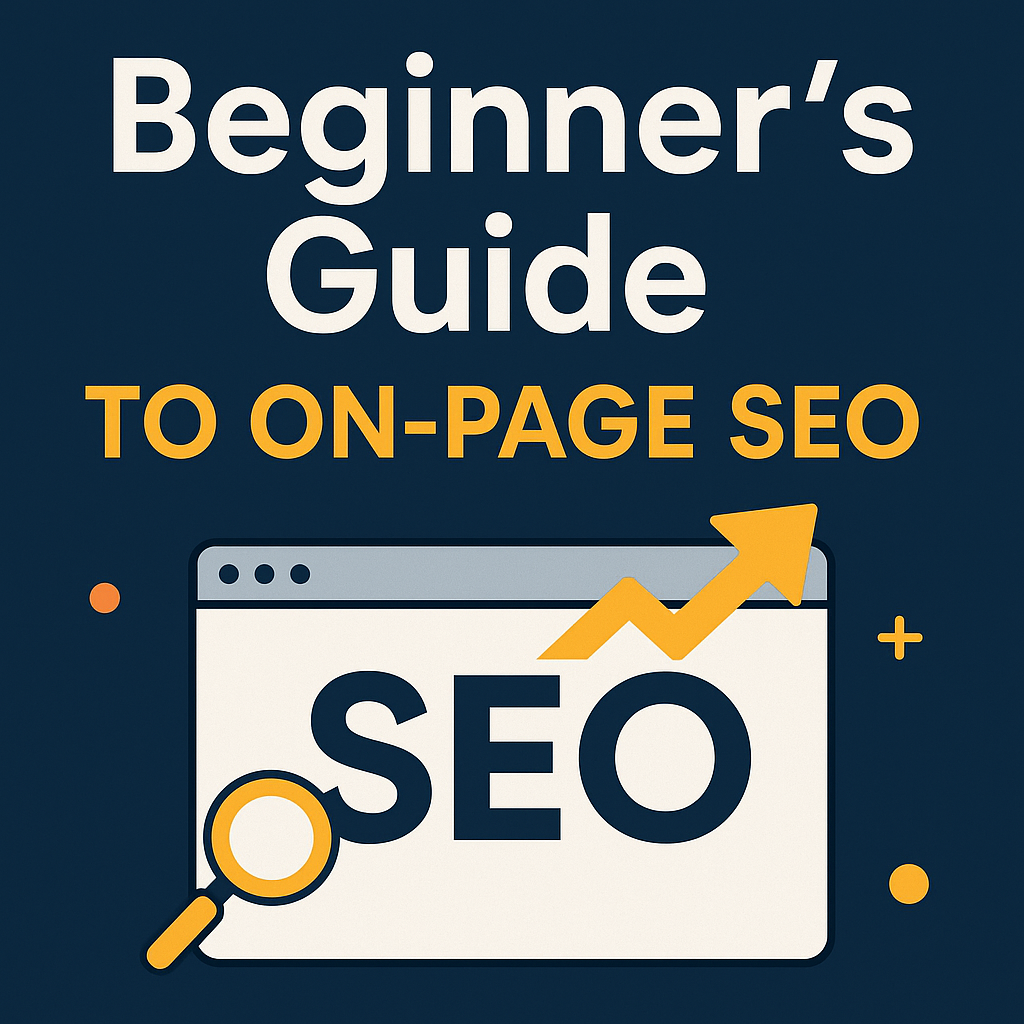As the digital era rapidly evolves, a growing number of businesses and marketers are shifting their focus from traditional marketing to digital strategies. This shift isn’t just a trend—it’s a clear response to consumer behavior, data accessibility, and market dynamics in 2025. But what makes digital marketing so powerful, and why is it overtaking traditional marketing methods?
Let’s break down both approaches, then explore why digital marketing holds the upper hand today.
What Is Traditional Marketing?
Traditional marketing refers to conventional methods of promoting products or services using offline channels. These include:
- Newspaper and magazine ads
- TV and radio commercials
- Direct mail and brochures
- Outdoor billboards
- Face-to-face sales
For decades, these tactics served as the go-to approach for businesses. They helped build brand awareness and reach broad audiences. However, their limitations are increasingly evident in today’s digital-driven world.
What Is Digital Marketing?
Digital marketing leverages the internet and electronic devices to reach, engage, and convert audiences. It includes:
- Search engine optimization (SEO)
- Content marketing (blogs, articles, videos)
- Email marketing
- Social media marketing (Facebook, Instagram, LinkedIn, etc.)
- Paid advertising (PPC, display ads)
- Affiliate and influencer marketing
Modern digital marketing thrives on data, automation, and precision targeting—providing a measurable, scalable approach to brand growth.
Why Digital Marketing Surpasses Traditional Marketing
1. Lower Costs, Higher Returns
One of the strongest advantages of digital marketing is cost-effectiveness. Whether you’re running a startup or managing a large-scale enterprise, digital campaigns typically cost far less than traditional ones. With options like social media ads or email marketing, businesses can reach thousands with a fraction of what they’d pay for a TV spot or billboard.
Furthermore, digital marketing offers greater ROI (Return on Investment) because you can optimize campaigns in real time.
2. Precise Targeting and Personalization
Unlike traditional methods that broadcast messages to wide audiences, digital marketing allows for micro-targeting based on:
- Age, gender, and location
- Interests and online behavior
- Device usage and browsing history
Marketers in 2025 use AI-powered tools to deliver hyper-personalized content, ensuring their ads reach the right people at the right time. This significantly improves conversion rates.
3. Measurable Results and Real-Time Analytics
Digital marketing is inherently data-driven. Every campaign can be tracked, analyzed, and optimized based on real-time metrics such as:
- Click-through rates (CTR)
- Conversion rates
- Bounce rates
- Time on site
- Engagement across channels
This ability to measure performance eliminates guesswork and empowers marketers to make smarter, faster decisions.
4. Diverse Tools and Channels
Traditional marketing is limited in format, while digital marketing offers a wide array of tools to engage audiences. You can:
- Launch a blog to build authority
- Use Instagram Stories or TikTok for visual storytelling
- Run Google Ads or Facebook retargeting campaigns
- Send automated emails based on customer behavior
This diversity means you can design campaigns that match your audience’s preferences and behavior.
5. Two-Way Customer Communication
With traditional marketing, the interaction is one-way—you speak, customers listen. Digital marketing creates a dialogue, allowing businesses to:
- Collect feedback through reviews and surveys
- Engage in direct conversations via social media or chatbots
- Resolve issues in real-time through support platforms
This builds trust and nurtures stronger relationships with customers, increasing brand loyalty.
6. Global Reach with Local Precision
A billboard might catch eyes in one city, but digital marketing enables you to reach global audiences instantly, while still tailoring messages to specific locales.
Thanks to geotargeting and multilingual SEO strategies, businesses can scale internationally without heavy investment.
7. Faster and Broader Reach
In just a few clicks, a digital campaign can go live across multiple platforms—reaching millions of people within hours. This speed is unmatched by traditional marketing, which often requires days or weeks to plan, print, and distribute.
Whether launching a product or running a seasonal campaign, digital tools let businesses stay agile.
Why Businesses Are Prioritizing Digital in 2025
In today’s landscape, online interactions significantly influence purchasing decisions. According to recent studies, 81% of retail shoppers conduct online research before making a purchase—a clear indicator that digital channels play a vital role in shaping consumer behavior globally (Invoca, 2024).
Consumers research, compare, and engage with brands through digital touchpoints before they ever speak with a sales rep or walk into a store. This behavioral shift makes digital marketing not only more relevant but essential for any business aiming to stay competitive in the modern marketplace.
Moreover, the rise of e-commerce, mobile-first behavior, and AI-driven automation has made digital marketing not just an option—but a necessity for sustainable growth.
Even traditional brands are now adapting digital strategies to remain competitive.
Is Traditional Marketing Dead?
Not quite. Traditional marketing still holds value, especially for:
- Local businesses targeting offline communities
- Luxury brands using prestige magazines
- Events and sponsorships that need physical visibility
However, without a digital component, these efforts risk falling short in reach and ROI.
Final Thoughts
Digital marketing’s dominance is rooted in its ability to adapt, measure, and scale with precision. While traditional methods may still have a place, businesses looking for growth, efficiency, and engagement in 2025 are turning to digital strategies.
As technology advances and consumers spend more time online, the gap between traditional and digital marketing will continue to widen.

